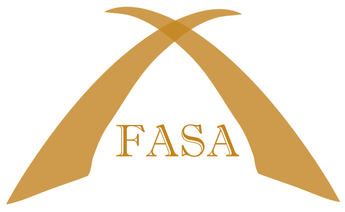Donor sinks $50,000 into Escambia student-made artificial reefs
Two new student-designed artificial reefs will soon be sunk to the bottom of the Gulf, thanks to one county leader’s passing suggestion and a $50,000 check from the Coastal Conservation Association.
The nonprofit organization gave the donation in support of Escambia County’s pilot Artificial Reef Education Program.
It’s a first-of-its-kind curriculum for local students that teaches them about marine sciences, the environment and how to design and build an artificial reef.
Escambia Marine Resources says the Coastal Conservation Association’s donation will be used to deploy the first two reefs that were designed by students at Booker T. Washington and West Florida high schools.
“Our mission is to advise and educate the public on the conservation of marine resources, so this just fits perfectly with our mission and everything that we’re about,” said Frank Gidus, director of habitat and environmental restoration for Coastal Conservation Association Florida.
A $50,000 grant from CCA also funds the program’s curriculum.
The reefs are a mixture of various of sizes, and when grouped together under the sea they are about the size of a large apartment.
They could be sunk as soon as this week, but no date has been set yet.
The pilot program was launched in late 2024 after Escambia County considered buying the SS United States and sinking the famed ocean liner offshore.
Escambia County Commissioner Steven Barry suggested an “educational component” to the SS United States reef project could help with funding.
Okaloosa County eventually purchased the ship, but Barry’s remark inspired Escambia Marine Resources and CCA to pursue the student artificial reef program.
“Although the SS United States didn’t work out for us,” Robert Turpin, manager of the Escambia County Marine Resources Division, said, “this educational program, the excitement that comment generated in marine resources and natural resources management department it spread to the school program and CCA, and I just want to thank the commissioners publicly for their great guidance.”
About 140 students from each of the schools are enrolled in marine science classes that incorporate the Artificial Reefs Curriculum into coursework.
It’s a collaboration between Escambia County, the school district, CCA and Sea Grant Florida, and Escambia County says it intends to keep it going.
Barry thanked CCA for the $50,000 donation and Escambia Marine Resources for supporting the program.
“The fleeting good ideas get combined with all the bad ones and you forget about the good ones, so it took just a minute to remember the discussion,” Barry joked when accepting the check, “but I’m glad it worked out.”
Turpin says the ultimate goal of the program is to develop partnerships with other high schools, colleges, universities and trade/vocational schools and create age-appropriate learning materials for middle and elementary schools.
Escambia County has a multi-million-dollar artificial reef program funded by various local, state and federal monies.
It includes constructed reefs as well as wrecks and ships of different size, including the aircraft carrier USS Oriskany.
Experts say the reefs create habitats that attract and grow marine life, which boosts the economy as well as the ecosystem.
